Home>Furniture>Kitchen Furniture>How Long To Cook Hot Pot
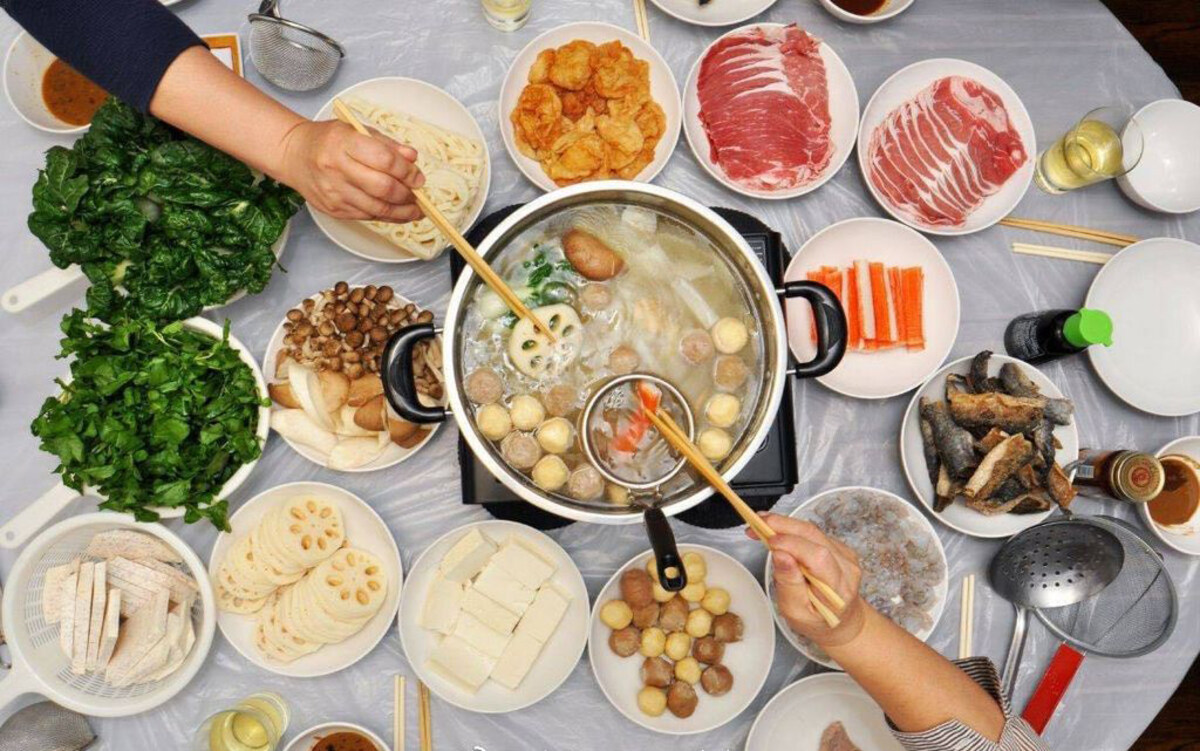

Kitchen Furniture
How Long To Cook Hot Pot
Modified: August 20, 2024
Discover the best articles on hot pot and find out how long to cook your favorite ingredients. Elevate your hot pot cooking game with expert tips and recipes.
(Many of the links in this article redirect to a specific reviewed product. Your purchase of these products through affiliate links helps to generate commission for Storables.com, at no extra cost. Learn more)
Introduction
Welcome to the world of hot pot, a delicious and interactive dining experience that has been enjoyed for centuries. Hot pot, also known as shabu-shabu or steamboat, is a popular Asian cooking technique where a simmering pot of flavorful broth is used to cook an assortment of ingredients right at the table.
Hot pot is not only a great way to bond with family and friends, but it also allows you to customize your meal and enjoy a variety of flavors and textures in each bite. However, one common question that arises when preparing hot pot is how long it takes to cook different ingredients.
The cooking time can vary depending on various factors, such as the type and thickness of the ingredient, the temperature of the broth, and personal preference for the desired level of doneness. In this article, we will explore the factors that affect cooking time in hot pot and provide you with a guide on how long to cook different ingredients.
So, get ready to dive into the hot pot experience as we uncover the secrets of cooking time in this delightful culinary adventure.
Key Takeaways:
- Mastering the art of hot pot cooking involves understanding the factors that affect cooking time, from ingredient type and thickness to personal preference. Tailor your hot pot experience for perfectly cooked, flavorful results.
- Elevate your hot pot adventure with personalized dipping sauces and flavorful broths. Experiment with soy sauce, sesame oil, and aromatic seasonings to create a communal dining experience filled with joy and lasting connections.
Read more: How To Do A Hot Pot Electric Skillet
Factors Affecting Cooking Time in Hot Pot
Several factors can influence the cooking time of ingredients in a hot pot. Understanding these factors will help you achieve the perfect level of doneness for your desired ingredients. Let’s take a closer look:
- Ingredient Type: Different ingredients cook at different rates in hot pot. For example, thinly sliced meats like beef and pork will cook much faster than larger cuts of meat or seafood. Vegetables and tofu also require less cooking time compared to denser ingredients like mushrooms or root vegetables.
- Ingredient Thickness: The thickness of the ingredient plays a significant role in the cooking time. Thicker slices of meat or vegetables will take longer to cook through, while thinner slices will cook more quickly. It’s essential to adjust the cooking time accordingly to ensure that all ingredients are cooked to perfection.
- Broth Temperature: The temperature of the hot pot broth will affect the cooking time as well. If the broth is boiling rapidly, the ingredients will cook faster. On the other hand, a gentle simmering broth will require more time to cook the ingredients thoroughly. Adjust the heat to maintain the desired cooking temperature.
- Personal Preference: The level of doneness you prefer for your ingredients will also impact the cooking time. Some people enjoy their meats cooked medium-rare, while others prefer them well-done. Keep in mind that cooking times provided are approximate and can be adjusted according to your taste preferences.
By considering these factors, you can tailor the cooking time in hot pot to suit your preferences and ensure that all ingredients are cooked to perfection. Next, let’s delve into the specific cooking times for different ingredients in hot pot to guide you through this culinary journey.
Meat Cooking Time in Hot Pot
Meat is a staple ingredient in hot pot, providing delicious flavors and protein-rich bites. The cooking time for meat in hot pot can vary depending on the type of meat and the thickness of the slices. Here are some general guidelines to help you achieve the desired level of doneness:
- Thinly Sliced Beef: Thinly sliced beef, such as ribeye or sirloin, usually takes around 20-30 seconds to cook in hot pot. This quick cooking time ensures that the beef remains tender and juicy.
- Pork: Pork slices, such as pork belly or tenderloin, require a slightly longer cooking time of about 30-40 seconds to ensure they are fully cooked and tender.
- Chicken: Chicken slices, whether it’s breast or thigh meat, typically take around 1-2 minutes to cook in hot pot. It’s important to cook chicken thoroughly to ensure it reaches a safe internal temperature of 165°F (74°C).
- Lamb: Lamb slices, such as lamb leg or shoulder, usually take about 1-2 minutes to cook in hot pot. The precise cooking time will depend on your preference for how well-done you like your lamb.
Remember, these are just general guidelines, and the cooking time may vary based on the thickness of the meat slices and personal preference. It’s always a good idea to start with a shorter cooking time and then adjust accordingly until the meat reaches your desired level of doneness.
Additionally, it’s important to monitor the cooking progress and remove the meat slices from the hot pot as soon as they are cooked to prevent overcooking and to keep the meat tender and juicy.
Now that you have an idea of the meat cooking time in hot pot, let’s move on to seafood and explore how long it takes to cook these delectable treasures from the sea.
Seafood Cooking Time in Hot Pot
Seafood is a wonderful addition to hot pot, offering a variety of flavors and textures. The cooking time for seafood in hot pot can vary depending on the type of seafood and its size. Here are some general guidelines to help you achieve perfectly cooked seafood:
- Shrimp: Shrimp generally cook very quickly in hot pot, usually requiring around 1-2 minutes. Look for the shrimp to turn pink and opaque, indicating that they are cooked through.
- Scallops: Scallops are delicate and cook quickly in hot pot. It usually takes around 1-2 minutes for scallops to become opaque and firm.
- Mussels and Clams: Mussels and clams should be thoroughly cooked until their shells open. This usually takes around 2-4 minutes. Discard any mussels or clams that do not open after cooking.
- Fish: Fish fillets or slices usually take about 3-5 minutes to cook in hot pot, depending on the thickness of the fish. The flesh should turn opaque and flake easily when done.
As with any seafood, it’s important to avoid overcooking to prevent the seafood from becoming tough and rubbery. Keep a close eye on the cooking progress and remove the seafood from the hot pot as soon as it reaches the desired level of doneness.
Whether you’re a fan of shrimp, scallops, mussels, clams, or fish, these cooking times will help ensure that your seafood is perfectly cooked and retains its natural flavors and textures in hot pot.
Now that we’ve covered meat and seafood, let’s move on to the cooking time for vegetables, an essential part of any hot pot meal.
Vegetable Cooking Time in Hot Pot
Vegetables are a crucial component of hot pot, adding color, nutrients, and a refreshing crunch to the meal. The cooking time for vegetables in hot pot can vary based on their density and desired level of tenderness. Here are some general guidelines to help you determine the cooking time for various vegetables:
- Leafy Greens: Leafy greens like spinach, bok choy, and Napa cabbage cook very quickly in hot pot. They usually require only 30 seconds to 1 minute of cooking time until wilted.
- Root Vegetables: Root vegetables such as carrots and radishes will take a bit longer to cook. Cut them into thin slices or matchsticks to ensure even cooking, and cook them for about 2-3 minutes to achieve a tender yet crisp texture.
- Mushrooms: Mushrooms are a popular choice in hot pot, and their cooking time depends on their size and thickness. Small mushrooms, like enoki or shiitake, will cook quickly in about 1-2 minutes. Larger mushrooms, such as portobello or king oyster, may require 3-4 minutes to become tender.
- Bean Sprouts: Bean sprouts are delicate and can be added to the hot pot just before serving as they require minimal cooking. A quick blanch of around 30 seconds to 1 minute is sufficient to lightly cook the bean sprouts.
Remember that the cooking time may vary based on personal preference and the desired texture of the vegetables. Some people prefer their vegetables to be slightly crunchy, while others prefer them to be more tender. Adjust the cooking time accordingly to achieve your desired level of doneness.
Next, let’s take a look at the cooking time for tofu and mushrooms, two popular ingredients in hot pot.
Cook thinly sliced meat and vegetables in hot pot for 1-2 minutes, seafood for 2-3 minutes, and dumplings for 3-4 minutes. Adjust cooking time based on the thickness of the ingredients.
Tofu and Mushroom Cooking Time in Hot Pot
Tofu and mushrooms are two versatile ingredients that add both flavor and texture to hot pot. The cooking time for tofu and mushrooms can vary depending on their type and size. Here are some general guidelines to help you cook tofu and mushrooms to perfection:
- Tofu: Tofu typically requires a shorter cooking time compared to other ingredients. Firm tofu can be added to the hot pot and cooked for about 2-3 minutes until heated through. Soft or silken tofu is more delicate and can be added towards the end of the hot pot cooking process, as it only needs a minute or so to warm up.
- Mushrooms: Mushrooms come in various shapes and sizes, each with its own cooking time. Small mushrooms, like enoki mushrooms, cook quickly and can be added to the hot pot for just a minute or two. Shiitake mushrooms or other larger mushrooms may require 3-4 minutes to become tender and fully cooked.
Both tofu and mushrooms are porous and readily absorb the flavors of the hot pot broth, enhancing the overall taste of the dish. It’s important to keep an eye on their cooking progress and remove them from the hot pot once they are cooked to your desired level of tenderness.
Now that you know how long to cook tofu and mushrooms, let’s move on to the cooking time for noodles and dumplings in hot pot.
Noodle and Dumpling Cooking Time in Hot Pot
No hot pot experience is complete without the addition of noodles and dumplings, which provide a hearty and comforting element to the meal. The cooking time for noodles and dumplings in hot pot can vary depending on their type and thickness. Here’s a guide to help you cook them just right:
- Noodles: Noodles, such as udon, vermicelli, or rice noodles, generally cook quickly in hot pot. They typically require around 3-5 minutes to become tender and cooked through. Overcooking noodles can result in a mushy texture, so keep a close eye on them and test for doneness during the cooking process.
- Dumplings: Dumplings, whether they are potstickers, wontons, or other dumpling varieties, need a bit more cooking time compared to noodles. Depending on the size and thickness of the dumplings, you may need to cook them for approximately 5-7 minutes until the wrappers are translucent and the fillings are cooked. It’s best to follow the cooking instructions provided with the specific type of dumplings you’re using.
When adding noodles or dumplings to the hot pot, it’s important to gently stir them to prevent sticking to the pot or to each other. This ensures even cooking and prevents clumping. Additionally, properly cooked noodles and dumplings will soak up the flavors of the broth, making them even more delicious.
Now that you know how to cook noodles and dumplings, let’s move on to some sauce and seasoning tips to elevate the flavors in your hot pot.
Sauce and Seasoning Tips for Hot Pot
One of the highlights of hot pot dining is the opportunity to create your own dipping sauces and customize the flavors according to your preferences. Here are some sauce and seasoning tips to enhance the taste of your hot pot:
- Soy Sauce: A classic ingredient for hot pot dipping sauces, soy sauce adds a rich and savory flavor. You can use regular soy sauce or experiment with low-sodium soy sauce for a milder taste.
- Sesame Oil: A few drops of sesame oil can impart a nutty aroma and enhance the overall flavor of your dipping sauce. Be careful not to add too much, as the flavor can be overpowering.
- Sriracha or Chili Sauce: If you enjoy a spicy kick, add some sriracha or chili sauce to your dipping sauce for a fiery element. Adjust the amount according to your heat preference.
- Vinegar: Vinegar, such as rice vinegar or black vinegar, adds a tangy and slightly acidic taste to balance the flavors. It can help cut through the richness of the ingredients in hot pot.
- Garlic and Ginger: Minced garlic and grated ginger can add depth and aromatic notes to your dipping sauce. Mix them in for an extra punch of flavor.
- Cilantro or Scallions: Chopped fresh herbs like cilantro or scallions can add a vibrant and refreshing element to your sauce. Sprinkle them over your sauce for added freshness.
- Sesame Seeds: Toasted sesame seeds can add a pleasant crunch and nutty flavor. Sprinkle them over your sauce or use a mortar and pestle to crush them before adding to your dipping sauce.
Feel free to experiment with different combinations and ratios of these ingredients to create your own signature dipping sauce. The beauty of hot pot is that you can personalize every aspect of the meal, including the sauces.
In addition to sauces, you can also enhance the flavors of your hot pot by adding seasoning to the broth. Some popular seasonings include:
- Vegetable or chicken broth: If you prefer a lighter flavor profile, you can use vegetable or chicken broth as the base. These broths provide a mild and comforting taste, allowing the natural flavors of the ingredients to shine through.
- Miso paste: Adding miso paste to the broth can impart a rich and savory taste, especially if you enjoy umami flavors. Adjust the amount of miso paste to your preference, as it can be quite strong.
- Chili bean paste: For those who prefer a spicier broth, adding chili bean paste can provide a satisfying kick. It adds depth and a hint of heat to the broth.
- Aromatics: Don’t forget to add aromatics like garlic, ginger, and onion to the broth for an extra layer of flavor. These ingredients infuse the broth with their fragrant notes.
Remember to taste the broth as you go and adjust the seasoning according to your preference. The goal is to create a flavorful and balanced broth that complements all the ingredients.
Now that you have some sauce and seasoning tips, you’re ready to embark on your hot pot adventure!
Conclusion
Hot pot is a culinary experience that brings people together, allowing them to cook and enjoy a variety of ingredients in a communal and interactive setting. Understanding the factors that affect cooking time in hot pot is crucial in order to achieve perfectly cooked and flavorful results.
From meat and seafood to vegetables, tofu, mushrooms, noodles, and dumplings, each ingredient has its own cooking time and specific requirements. By following the guidelines provided in this article, you can ensure that your hot pot ingredients are cooked to perfection, with the right level of tenderness and flavor.
Additionally, creating your own dipping sauces and experimenting with different flavors and seasonings adds a personal touch and allows you to tailor the hot pot to your own taste preferences. Whether you prefer a spicy, tangy, or mild sauce, the possibilities are endless when it comes to customizing your dipping sauce.
Remember, these cooking times and seasoning tips are general guidelines and can be adjusted based on personal preference and the specific ingredients you are using. It’s always recommended to keep a close eye on the cooking progress and taste the ingredients as you go to ensure they reach your desired level of doneness.
So, gather your friends and family, prepare a flavorful broth, and embark on a hot pot adventure. Enjoy the delightful blend of textures, flavors, and communal dining that hot pot offers. Experience the joy of cooking together and savoring each bite as you create memorable moments and lasting connections.
Now that you have the knowledge and tips to master the cooking time in hot pot, it’s time to fire up the stove and indulge in this delectable dining experience. Happy hot pot cooking!
Frequently Asked Questions about How Long To Cook Hot Pot
Was this page helpful?
At Storables.com, we guarantee accurate and reliable information. Our content, validated by Expert Board Contributors, is crafted following stringent Editorial Policies. We're committed to providing you with well-researched, expert-backed insights for all your informational needs.
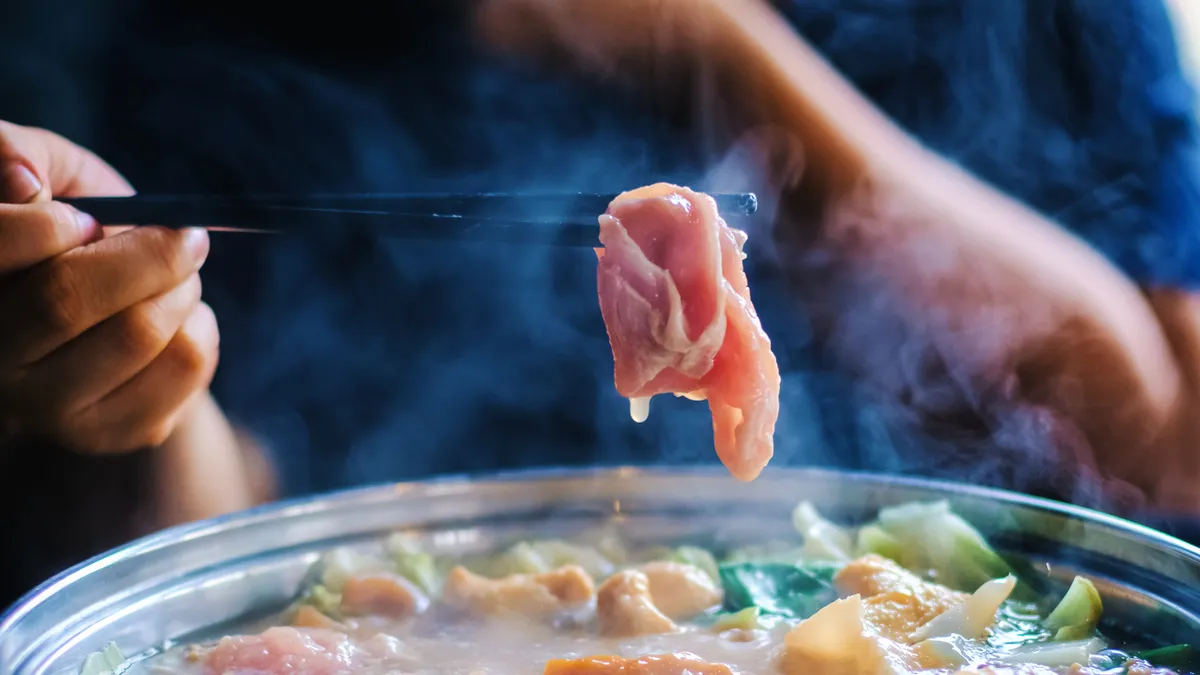
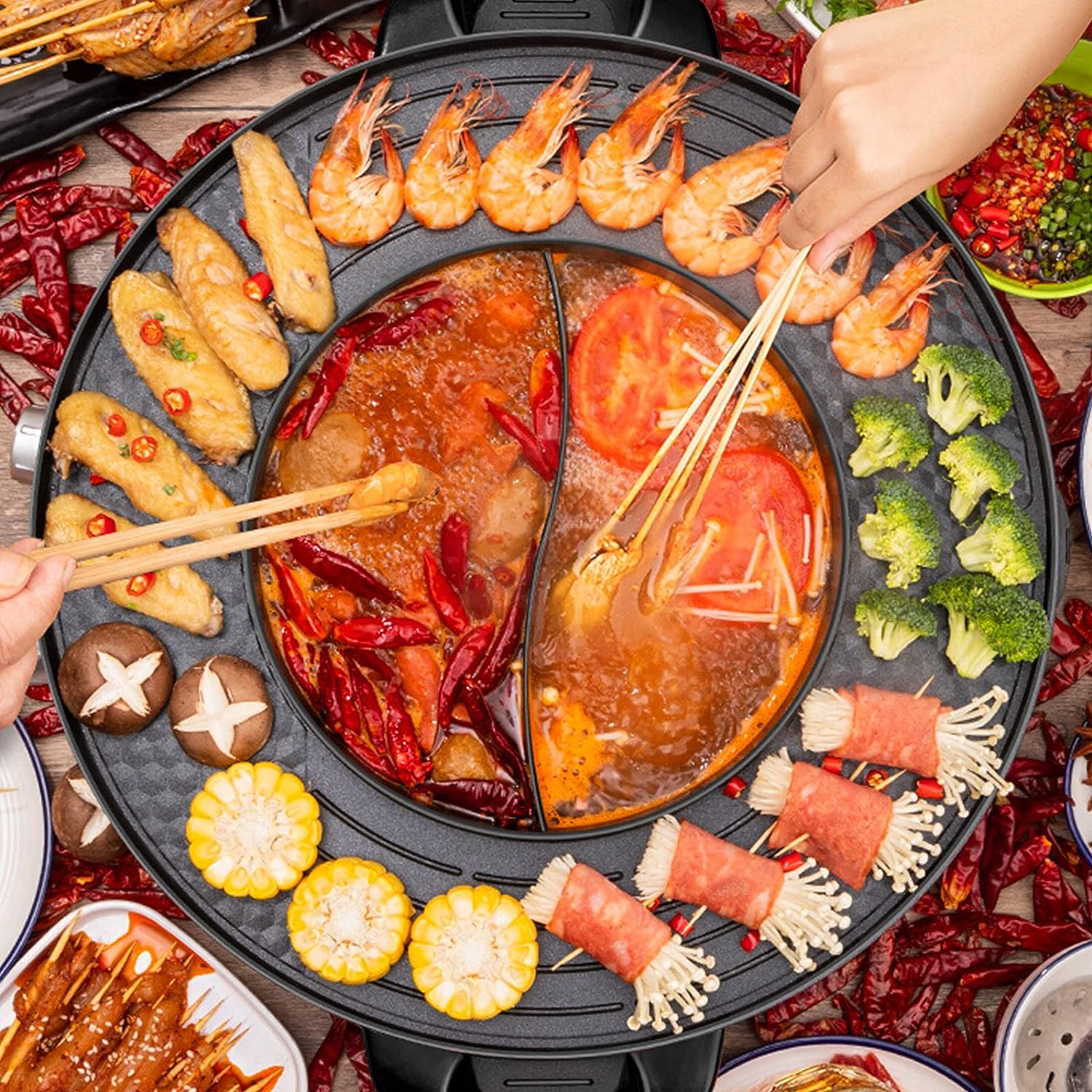
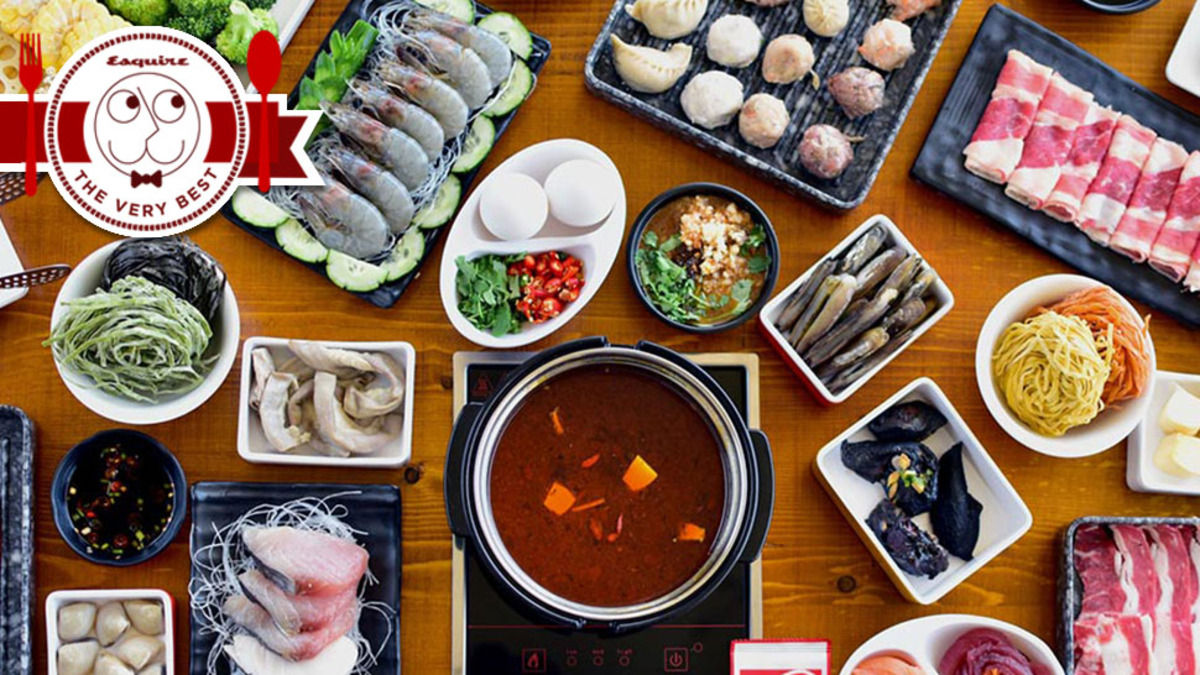
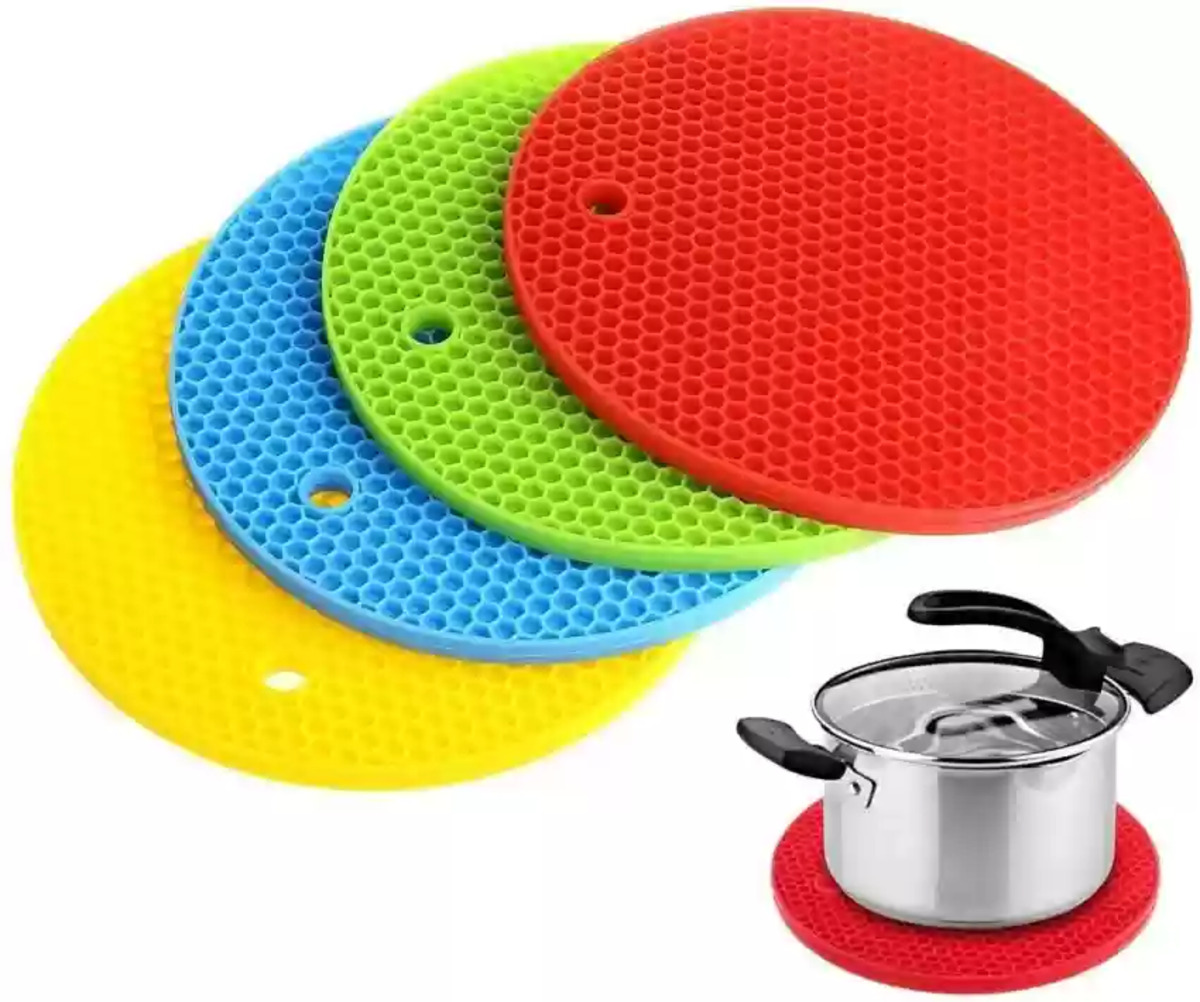
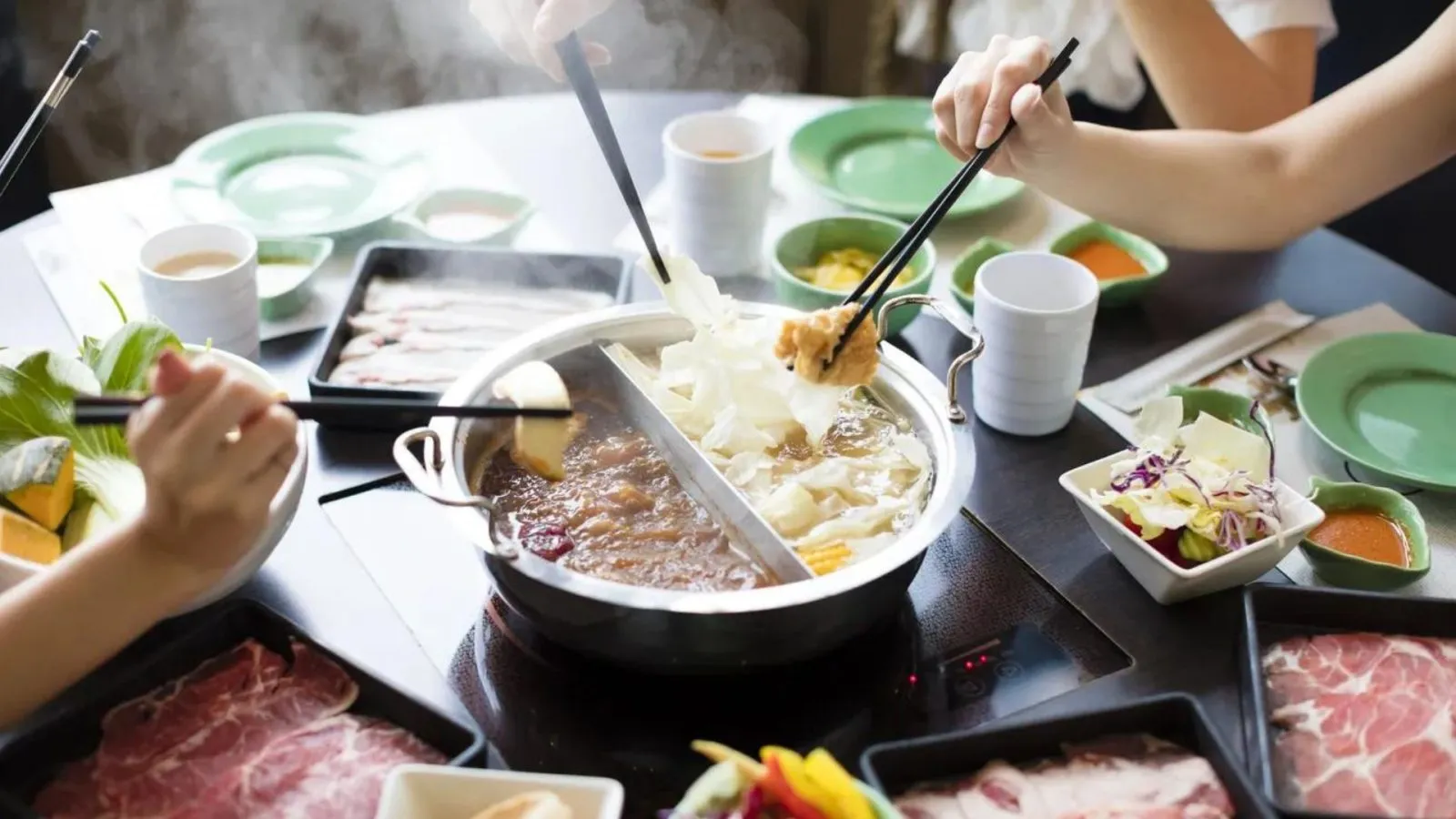
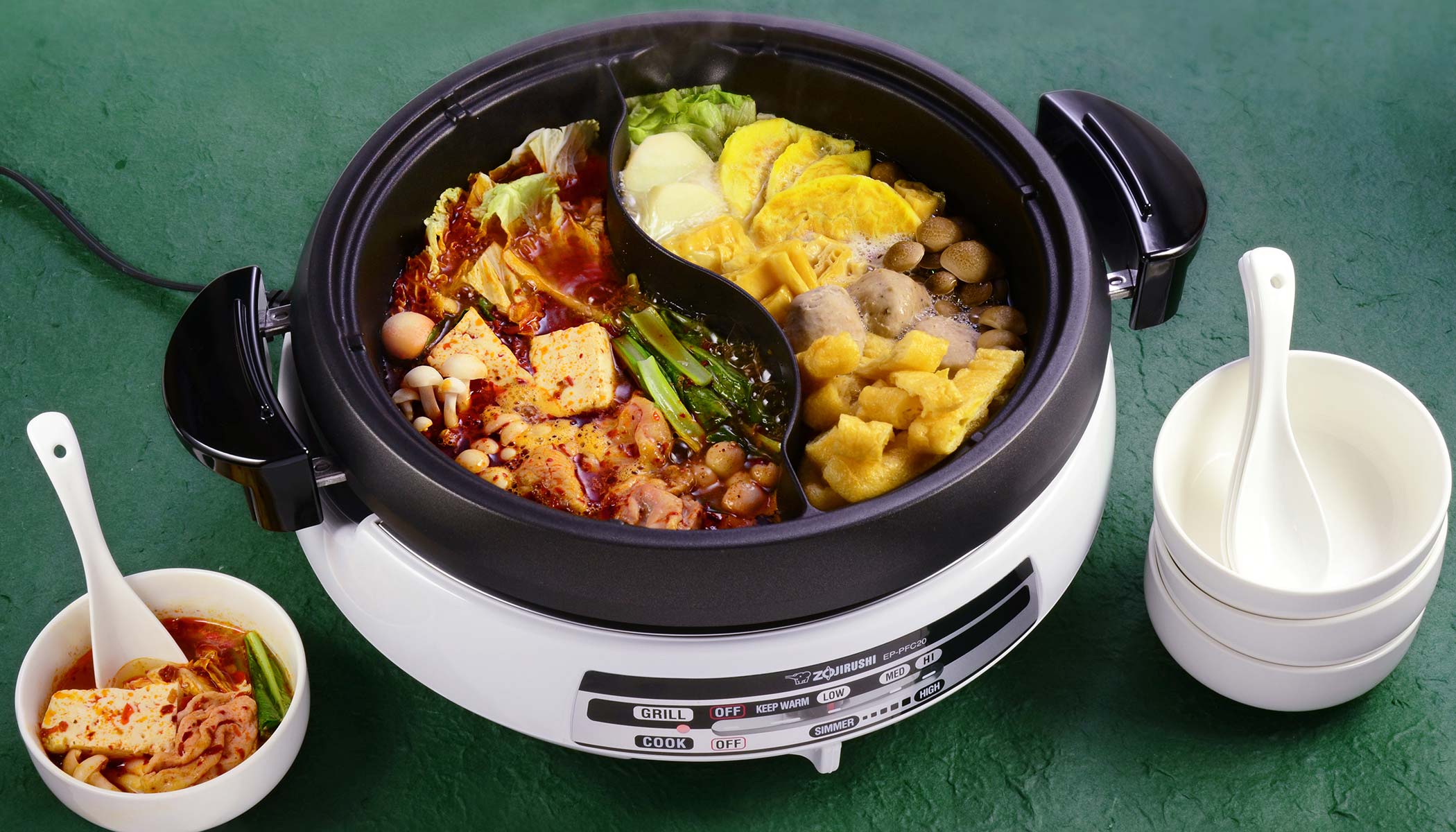
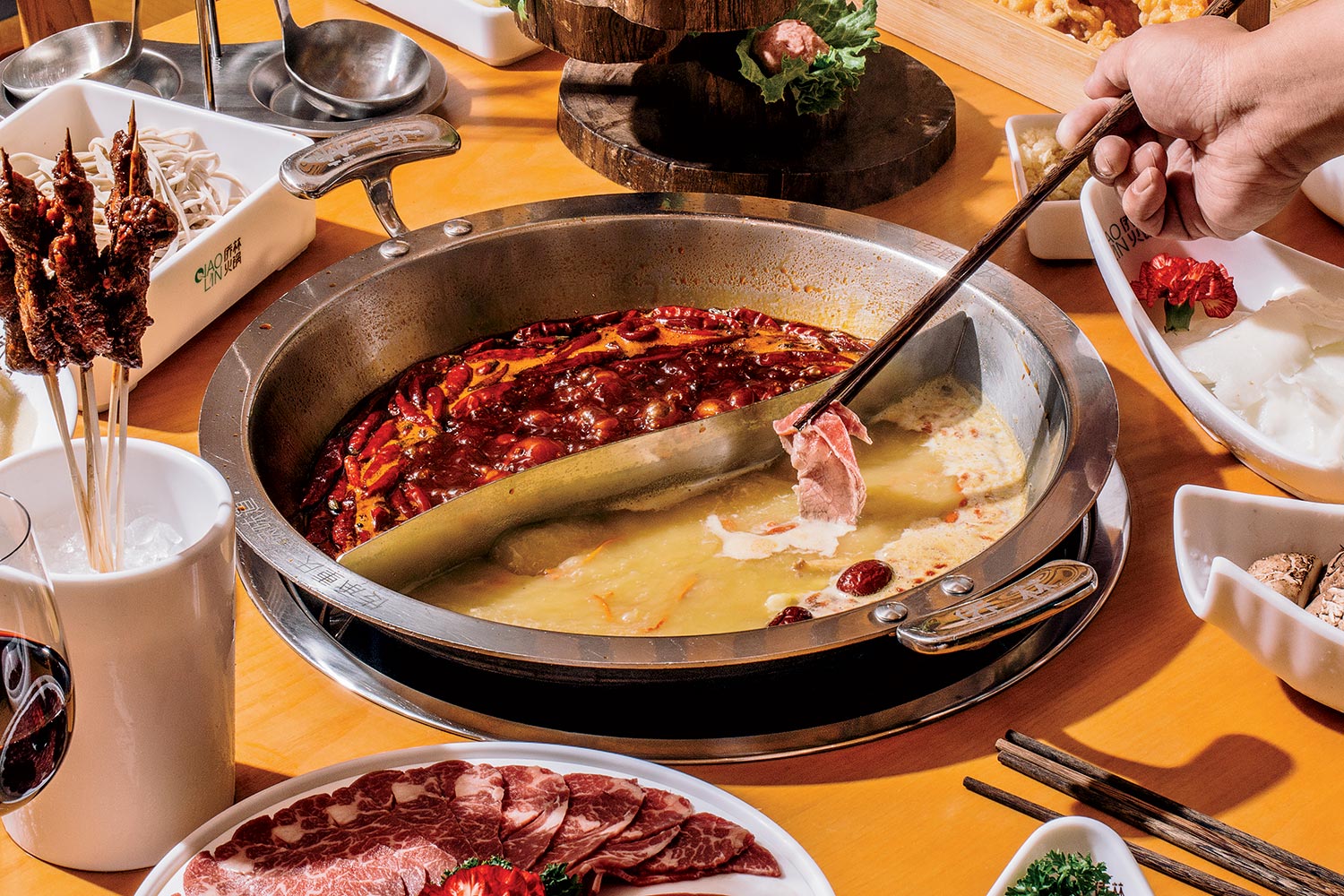
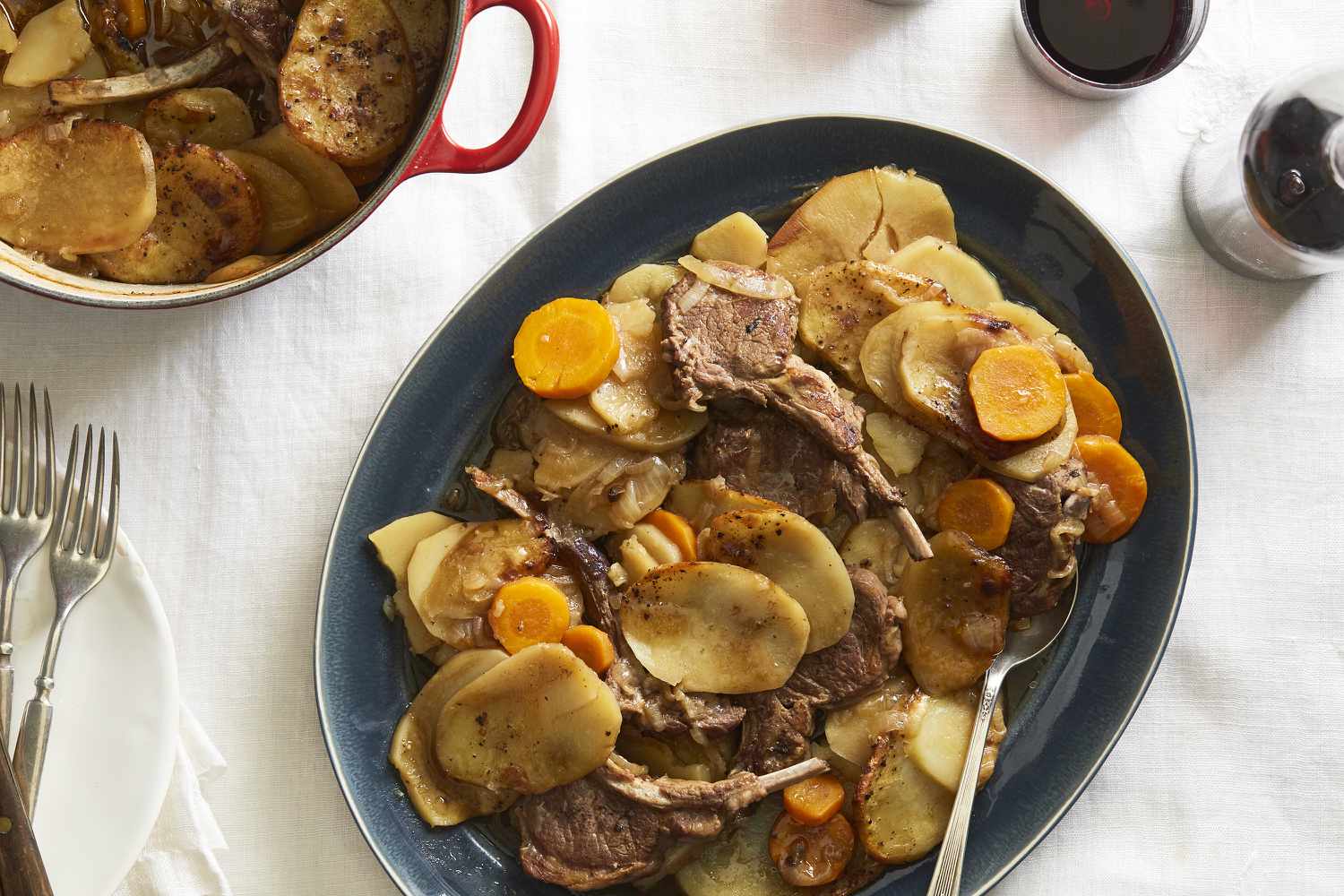
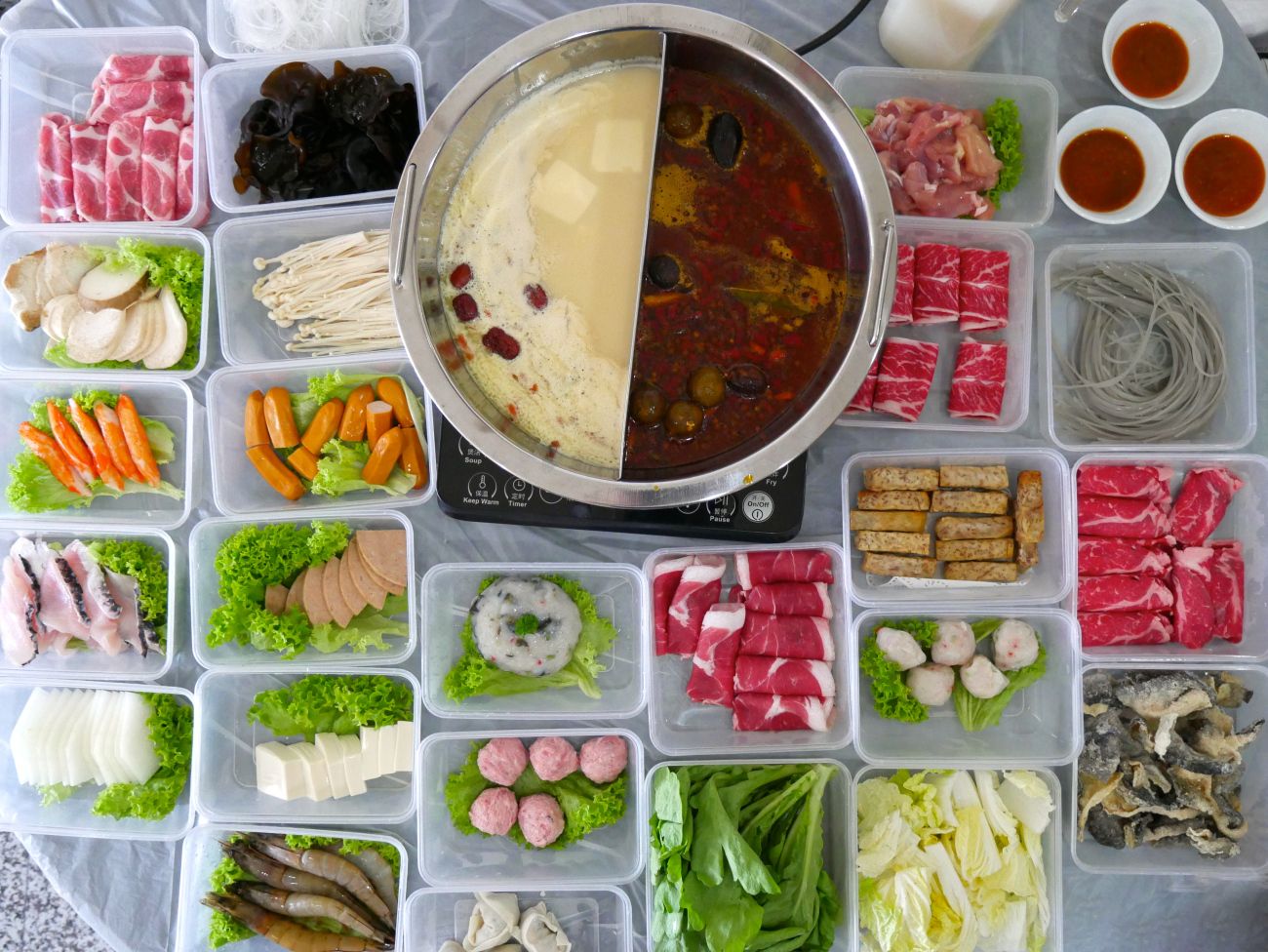
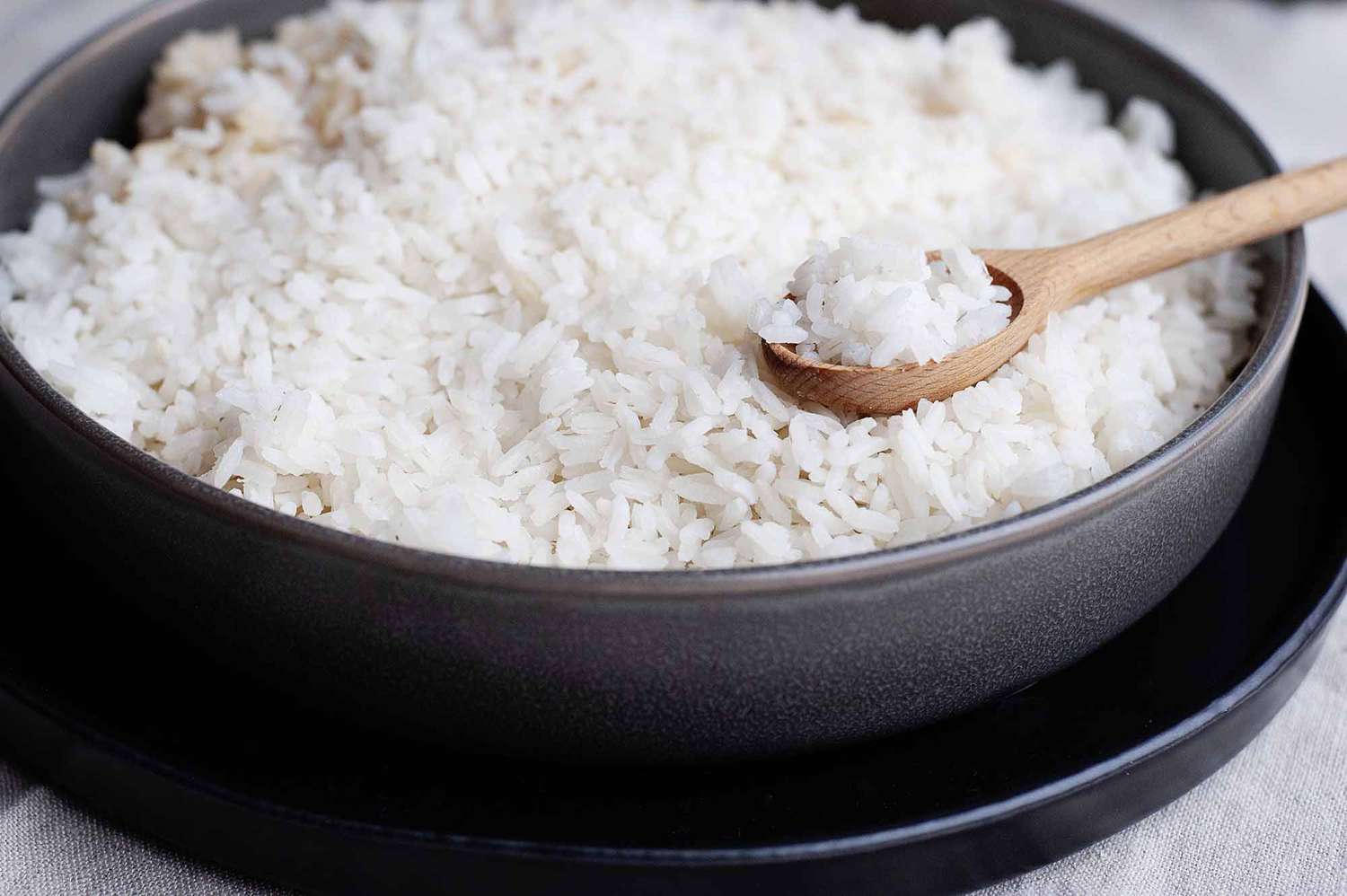
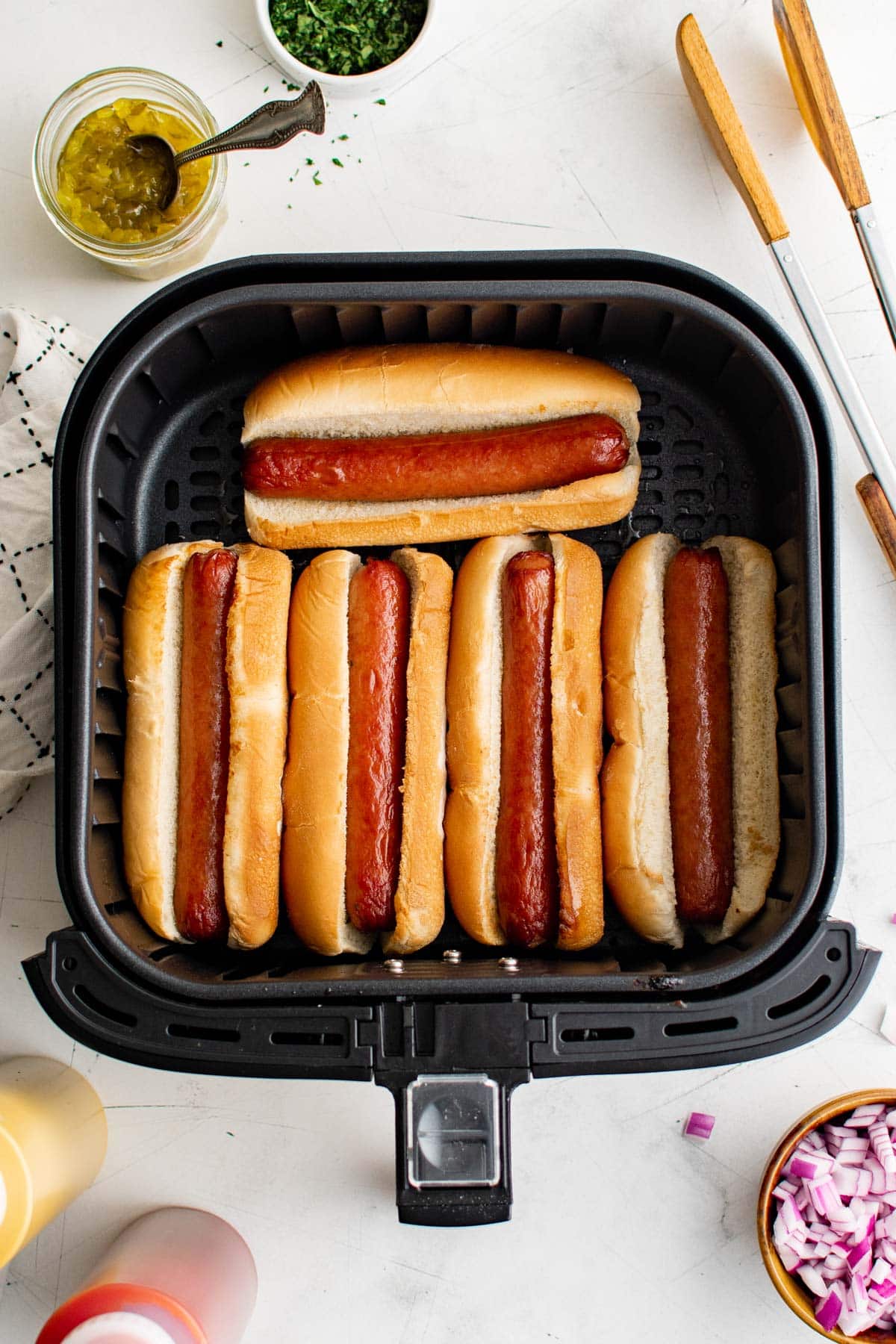
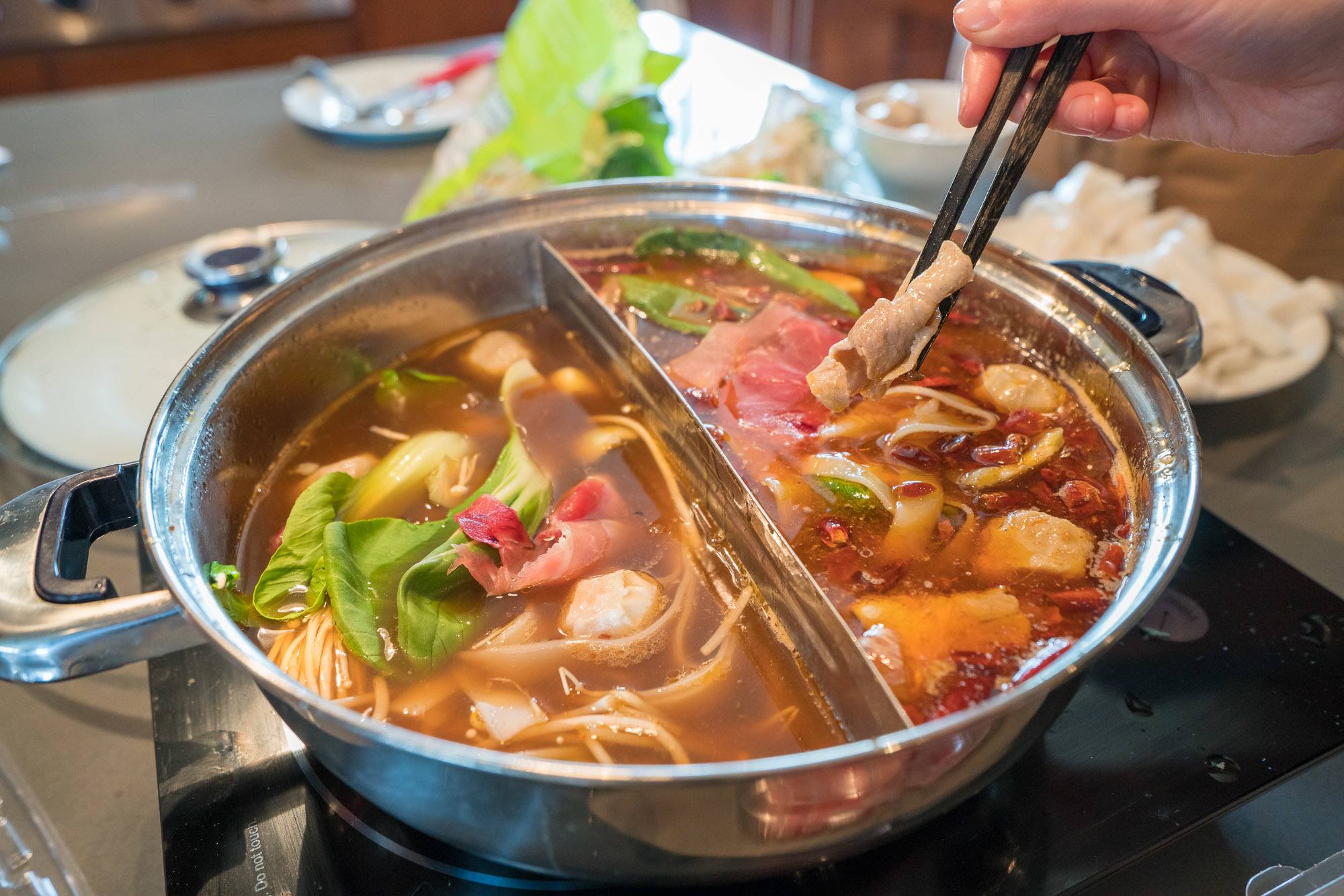
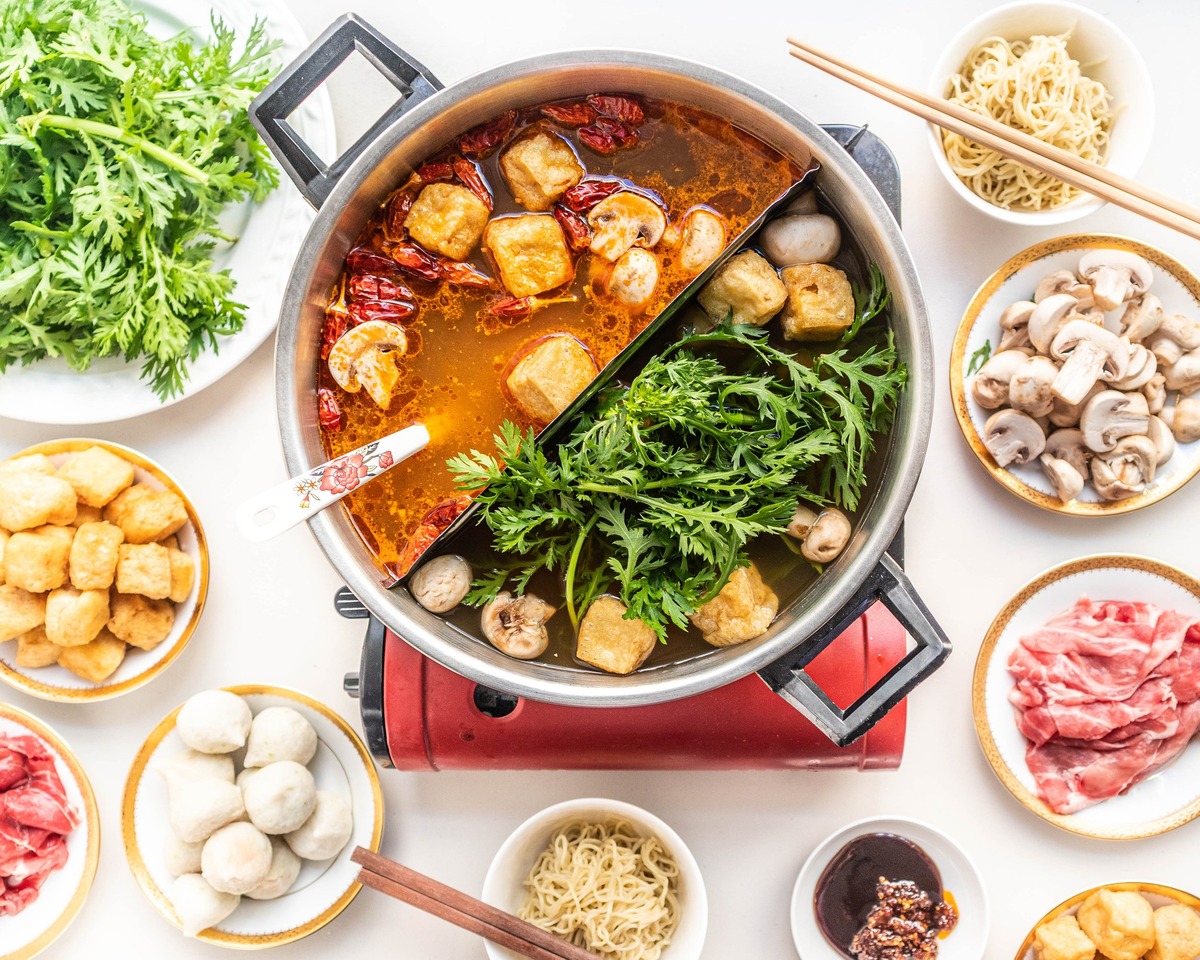
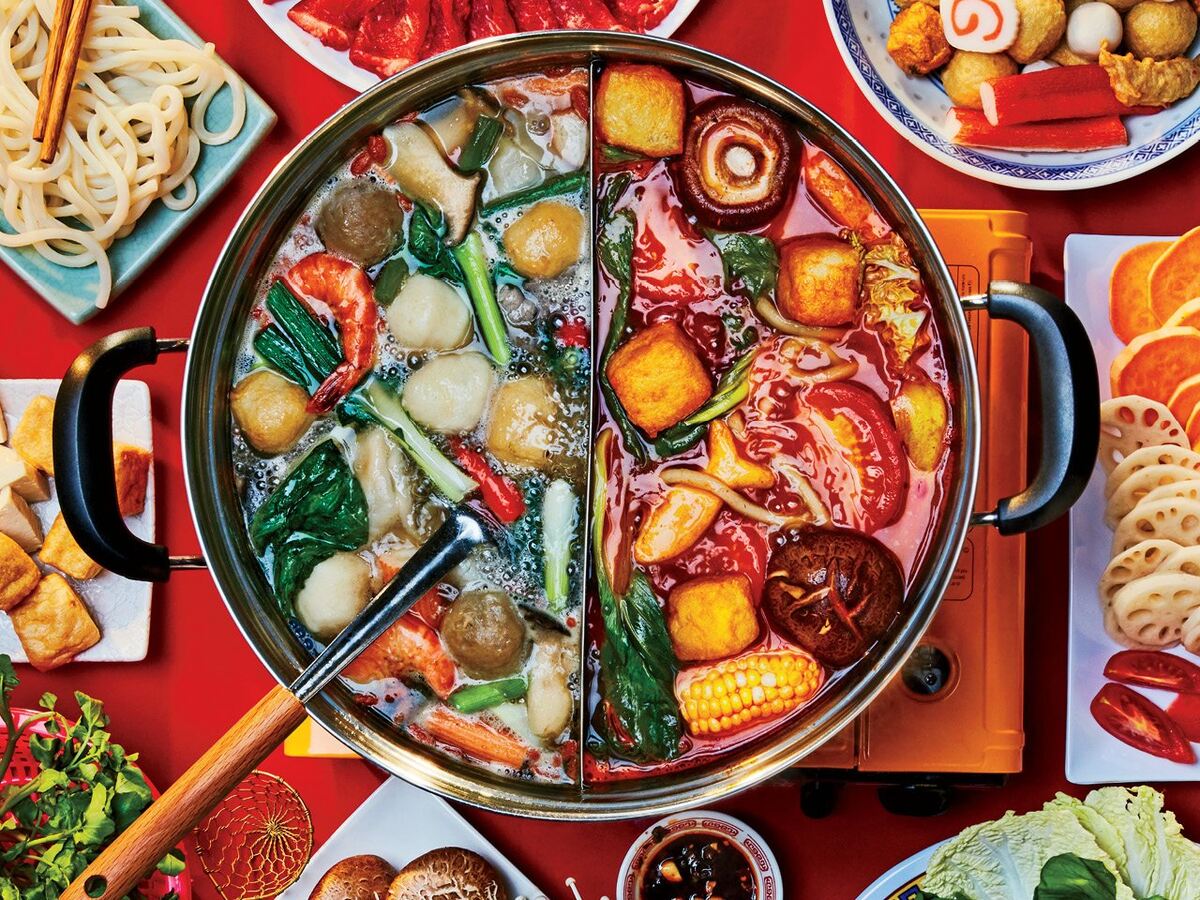

0 thoughts on “How Long To Cook Hot Pot”